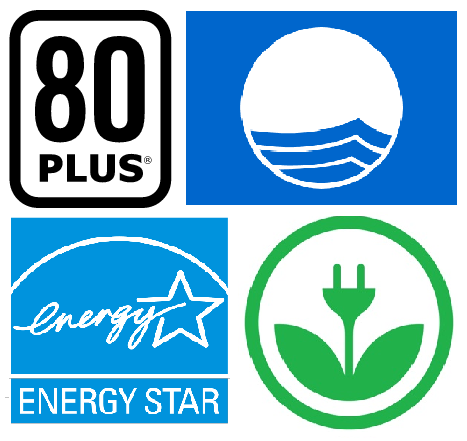In response to reputational pressures and economic incentives, many companies tailor their product design, purchasing decisions, and management systems to reflect environmental considerations. Because consumers usually can’t observe these benefits in a company’s products or services, firms increasingly turn to environmental certification schemes or “ecolabels” to highlight their achievements.
 |
Ecolabels have grown to represent a dizzying array of products and sectors, touching resource management chains in every corner of the world. According to Ecolabel Index, there are now 465 ecolabels offered to businesses across 199 countries, addressing everything from fisheries management to green building to sustainable forestry. More than 5.5 billion Energy Star-certified consumer products have been purchased since the program’s inception in 1992, and Rainforest Alliance programs touch more than 1.3 million farms in 78 different nations. The millennial generation is expected to be especially receptive to green marketing, suggesting this growth is unlikely to slow.
These private initiatives are not only numerous and wide-reaching, but remarkably diverse in substance and governance. Many ecolabels address specific attributes, like grass-fed beef or carbon neutrality, while others offer broader claims regarding corporate environmental management or social achievements. Some standards, like Energy Star, are set by a government agency to define a level of leadership in an industry, but most are developed by private organizations, including industry groups, nongovernmental organizations (NGOs), professional standards developers, and representative “consensus” bodies.
When deciding which ecolabels to use or support, companies and other stakeholders must determine which certification systems have navigated these complex organizational considerations while also gaining the consumer’s trust. To make things more difficult, participants face risks under antitrust, marketing, and other laws. For a private-sector practitioner considering certification, sifting through these concerns can be a confusing and labor-intensive process. Companies are left with questions about environmental impacts, methods of communicating success, and legal risks incurred through participation.
ELI’s Private Environmental Governance Initiative is addressing these needs by building a typology framework for certification initiatives, which will lay the groundwork for further analysis in this space. This framework aims to shed light on the complex world of environmental standards by identifying key distinctions and unifying characteristics between bodies of standards. For users, this framework will help identify the substantive effects of a standard and the legal implications of membership. It will also help participants identify best practices as they consider the many questions involved in developing and enforcing voluntary standards and marketing the results.
One defining characteristic addressed in this framework is a standard’s governance structure, which often determines the extent to which stakeholder input is integrated into requirements. A curious customer at Starbucks, for example, will find the coffee giant sells 99 percent “ethically sourced coffee,” defined as coffee certified through C.A.F.E. Practices, Fairtrade International, or other third-party audited systems. C.A.F.E. and Fairtrade standards both address similar goals (environmental sustainability and socially responsible sourcing), but through different governance systems. Fairtrade International is an independent standards developer. Its decisionmaking body represents diverse stakeholders, and it uses consensus processes, including public comment. C.A.F.E. Practices were developed by Conservation International specifically for Starbucks, with limited public involvement.
Though governance tells us little about the content of a standard, procedures used to develop proprietary ecolabels are likely to deliver different results than procedures that incorporate the diverse viewpoints of corporations, environmental groups, and NGOs. This contrast raises important questions: Are companies willing to pursue standards written without their input? Might working with certain stakeholders aggravate legal risks? Whose requirements do consumers ultimately trust?
There are no obvious answers, either for consumers interested in greening their environmental footprint or for practitioners considering labelling their products and practices. By developing an analytical framework for characterizing voluntary standards, however, ELI’s Private Environmental Governance Initiative hopes to lay a foundation for a fuller understanding of these topics. We hope that identifying trends among content, governance, and usage of certification programs will ultimately help practitioners better see the forest through the (sustainably managed) trees.
